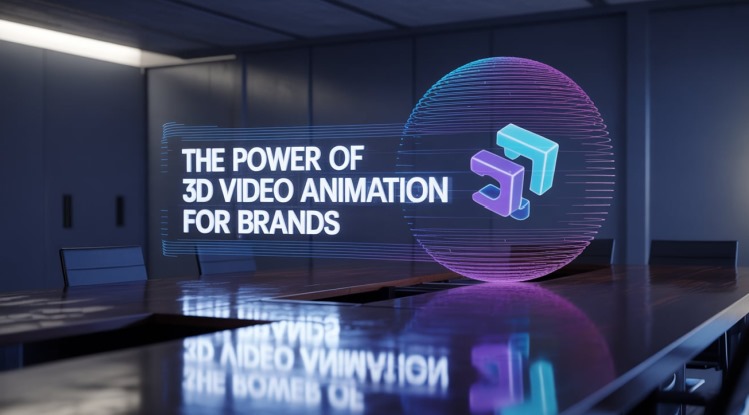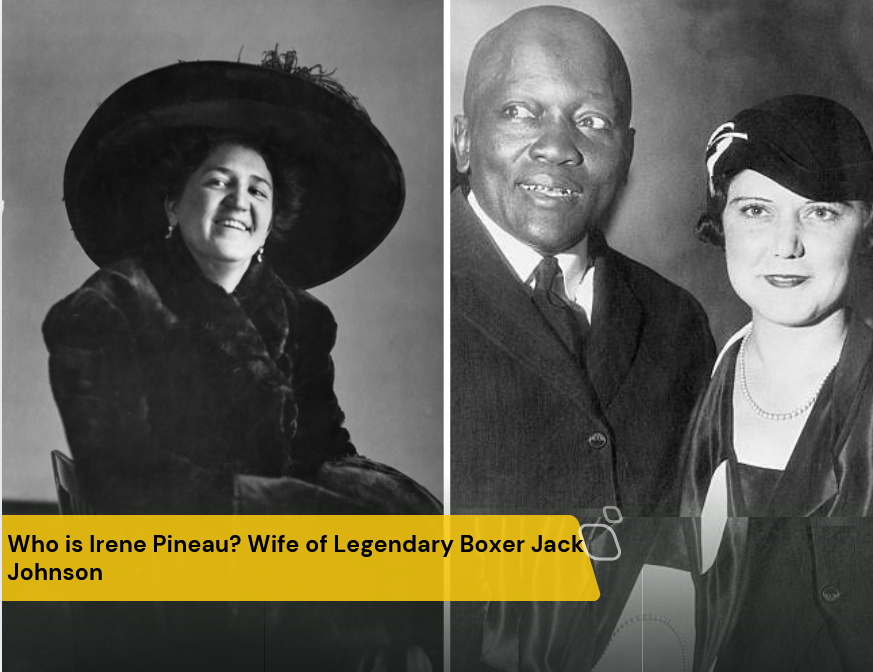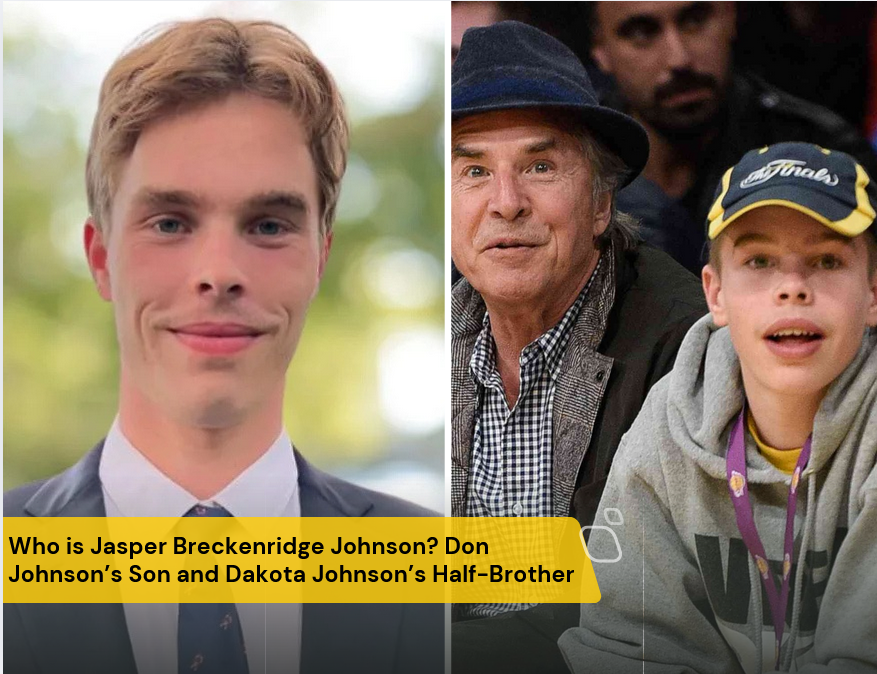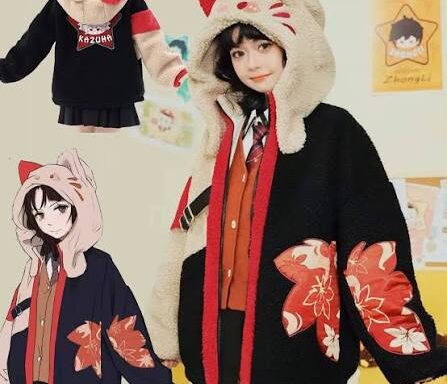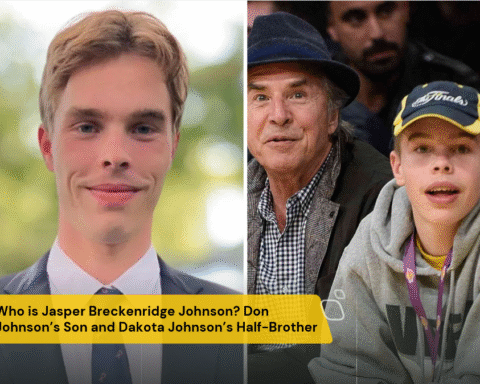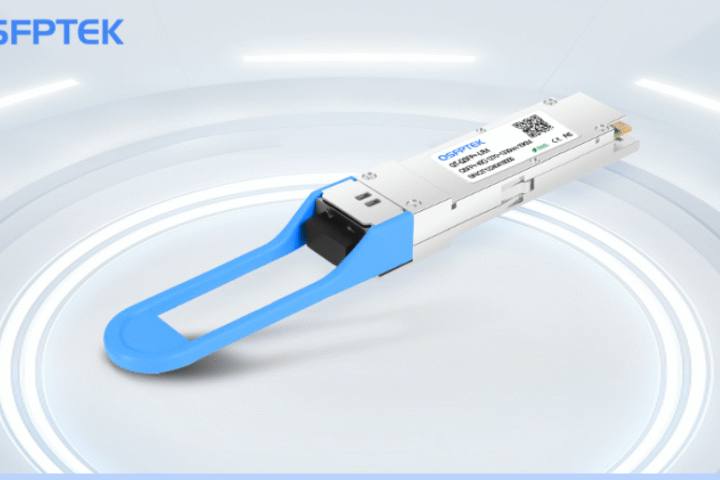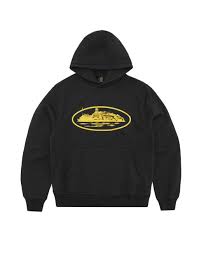Good stories sell but strong visuals seal the deal. 3D video does both in one shot. It turns complex ideas into something people can understand and remember.
This is why more brands use 3D animation to explain, teach, and persuade. It helps them stand out and move faster from concept to conversion. Let’s look at how it works and why it matters.
Why 3D Video Became Essential
Video dominates attention online. Research shows that 91 percent of businesses use video as a marketing tool, and most see higher engagement from it. 3D video adds another layer. It shows what words or live footage cannot movement, depth, and function.
A 3D video can reveal the inside of a product, show how parts connect, or demonstrate a process step-by-step. It’s visual clarity, not hype. That’s what modern buyers want. They want to see how things work before they say yes.
What 3D Video Delivers That Live Action Can’t
Live action is great for human stories. But when you need precision or impossible shots, 3D wins. 3D lets you slow down time, zoom inside machinery, or rotate objects that would be too big or dangerous to film. You can explain a full product workflow in seconds without a camera crew.
A 3D render also works when the product isn’t built yet. Startups and industrial brands often rely on this to pitch investors or train teams before production begins. It’s not about replacing reality. It’s about making reality easier to understand.
The Measurable Payoff
Good visuals drive real numbers. Landing pages with video convert up to 86 percent better than those with static images. Video keeps people on your site longer. It improves recall. And it helps sales teams explain things faster. In one survey, 90 percent of marketers said video gives them a strong return on investment.
For technical or high-consideration products, 3D shortens the buyer journey. It cuts out confusion and builds confidence.
When to Choose 3D Video Animation
Use 3D when clarity matters more than emotion. Use live action when emotion drives the message. A simple rule: if you need to show what can’t be filmed, use 3D. That includes prototypes, hidden parts, assembly processes, or future products still in development.
You can mix formats too. Many brands open with live footage and switch to 3D for the product demo. That balance feels both real and smart.
Inside the Production Process
A strong 3D video project follows a clear path.
- Brief and goals. Define who it’s for and what action you want.
- Storyboard. Plan the sequence visually.
- Modeling. Build accurate digital versions of your product.
- Animation. Add motion, timing, and realism.
- Rendering. Turn frames into final video.
- Sound and delivery. Add voice, effects, and formats for each platform.
Each step builds on the one before. Skipping early reviews wastes time later.
Where to Invest in Production
Budget for modeling and animation first. That’s where precision lives. Cheap models and lighting break trust. A viewer spots a low-quality render instantly. Sound design also matters. A crisp voice and clean effects elevate the video’s feel and make it easier to follow. Keep scenes focused. Avoid flashy backgrounds that distract from the core message.
3D Video Animation in Brand Storytelling
3D helps brands explain what they stand for through motion. It can show how a product solves a problem or how a system runs behind the scenes.
Use it in:
• Website hero sections to make a strong first impression.
• Sales decks to replace static slides.
• Technical pages to show assembly or operation clearly.
Each use brings the story closer to the buyer’s eyes and reduces hesitation. When you hire a studio, specify 3d video animation services in your brief. It signals you need end-to-end execution: modeling, animation, sound, and delivery. That ensures your brand video looks unified and professional.
Explaining Complex Systems for Industry Audiences
Industrial buyers need accuracy, not hype. They look for proof that your product works as promised. This is where technical 3D content shines. It shows assembly, maintenance, and process flows in detail. It helps engineers and procurement teams visualize how things fit together.
These videos cut training time and reduce support questions. A clear animation can replace hours of technical calls. If you’re creating content for factories, equipment, or engineering, include 3d industrial animation services in your RFP. This phrase tells studios to prioritize CAD data, part precision, and functional movement not marketing gloss.
Picking the Right Studio
Good studios act like partners, not vendors. They understand both storytelling and engineering. Ask:
- Can you show similar past work?
- How do you handle CAD and technical data?
- What’s your review and revision process?
A qualified partner will talk in plain terms about modeling accuracy, render settings, and version control. That’s who you want.
Final Thought
3D video is no longer a luxury. It’s a tool for clarity and speed. It helps brands teach, sell, and scale without confusion. Start with one clear goal. Turn it into a short animation that answers a real buyer question. Measure what changes. Then keep building.
If your idea is ready for motion, write your brief and look for a studio that speaks your language. The right 3D story can turn your product from concept to conviction in seconds.
For More Update and Stories Visit: Info Records

